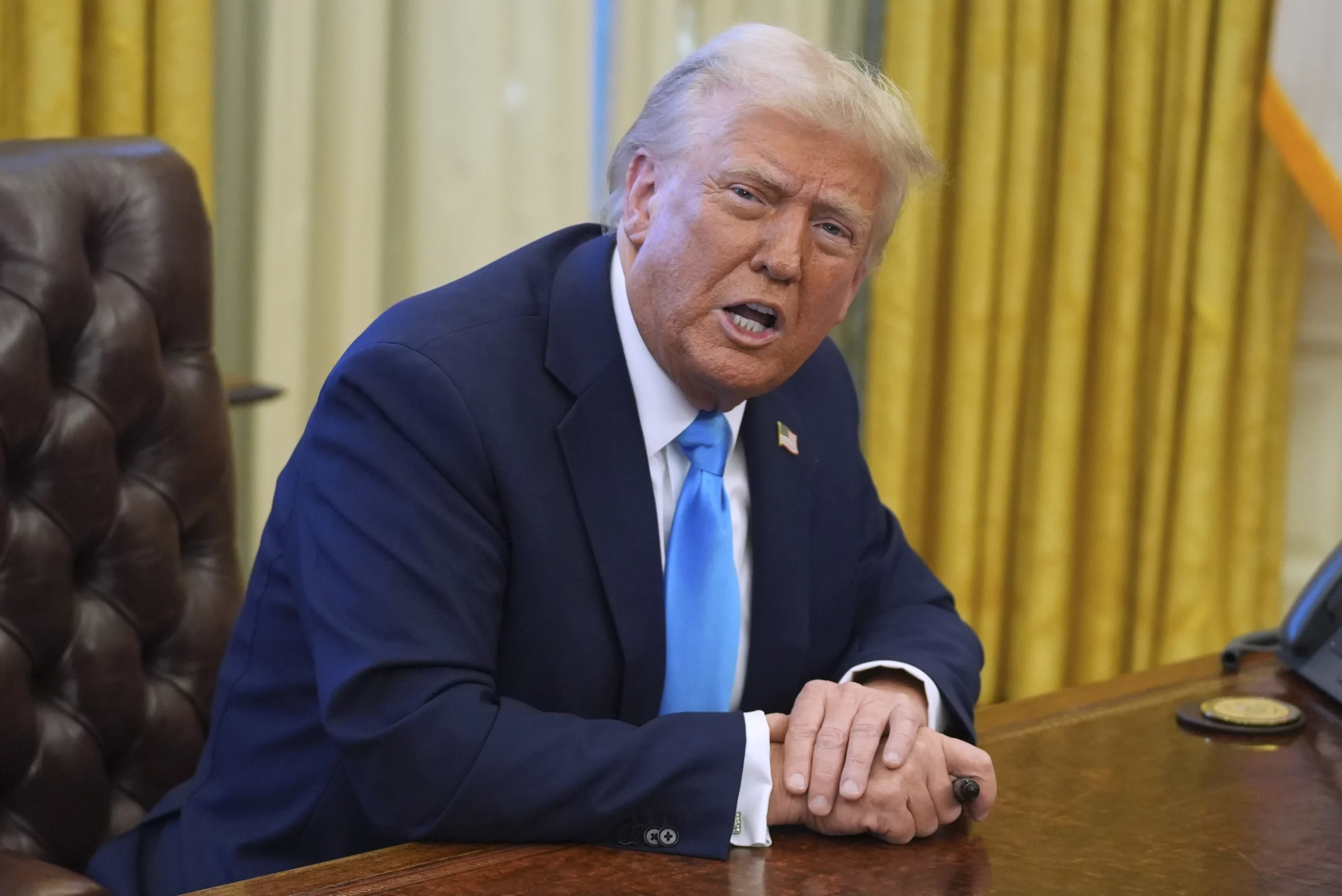

A federal judge on Tuesday temporarily reinstated Cathy Harris, the chairwoman of the Merit Systems Protection Board, after she was fired by President Donald Trump.
U.S. District Judge Rudolph Contreras, an appointee of former President Barack Obama, ruled that Harris must be returned to her position and receive full access to her office’s benefits until further court proceedings. The judge also barred Trump from appointing a replacement in her seat, according to a 21-page order.
Harris, whose seven-year term was set to expire in 2028, was removed last week via a one-sentence email from the Presidential Personnel Office. Her termination raises significant legal questions about presidential authority over independent agencies, potentially setting the stage for a Supreme Court battle. MSPB handles appeals from federal workers who say they’ve been treated unfairly.
Trump’s Justice Department argues that the president must have the power to remove MSPB members at will, but Harris’s legal team contends that her dismissal violates long-standing precedent requiring cause for removal. Contreras pointed to Humphrey’s Executor v. United States, a 1935 Supreme Court decision that limits presidential power over independent agency officials, writing that Trump “did not indicate” a legally sufficient reason for Harris’s removal.
The case mirrors a similar legal battle over Hampton Dellinger, head of the Office of the Special Counsel, whom Trump also attempted to fire. Two federal courts have declined to uphold Dellinger’s firing, and the administration has since appealed to the Supreme Court.
In its appeal petition to the high court, the Justice Department argued that Humphrey’s Executor permits tenure protections only in limited circumstances, such as “a multimember body of experts, balanced along partisan lines, that performed legislative and judicial functions and was said not to exercise any executive power.” It warned that such exceptions represent “the outermost constitutional limits of permissible congressional restrictions on the President’s removal power.”
CLICK HERE TO READ MORE FROM THE WASHINGTON EXAMINER
Dellinger’s counsel countered that Humphrey’s Executor remains controlling precedent, noting that it upheld restrictions on the president’s removal power where Congress deemed them necessary to secure “a modest measure of impartiality, expertise, and independence.” The response emphasized that this ruling continues to underpin key aspects of the modern federal government.
If either dispute was granted by the Supreme Court for a review on the merits, it could lead to a historic ruling on executive power, possibly overturning Humphrey’s Executor and expanding the president’s ability to remove officials from independent agencies.







